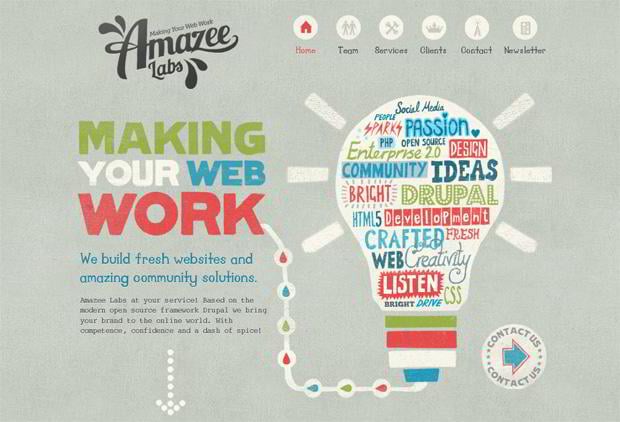Intrigued In Finding Out Exactly How Web Site Design Has Developed? Take A Trip Through The Makeover
Intrigued In Finding Out Exactly How Web Site Design Has Developed? Take A Trip Through The Makeover
Blog Article
Authored By-Bradshaw Hyldgaard
In the past, sites were simple and concentrated on details. Navigation was straight, and layout was for desktops. Now, user experience is vital. Data overviews layouts for very easy navigation. Receptive designs suit different gadgets. Today, dark mode minimizes strain, and minimal menus enhance navigation. Interactive attributes engage customers, and strong visuals attract attention. AI assimilation increases involvement. See exactly how style has actually progressed to improve your on the internet trip.
Very Early Days of Web Design
In the very early days of web design, simplicity preponderated. Internet sites were fundamental, with limited shades, fonts, and designs. The emphasis was on providing details instead of showy visuals. Individuals accessed the web via sluggish dial-up connections, so rate and performance were vital.
Navigation menus were straightforward, normally located at the top or side of the web page. Web sites were created for desktop computers, as mobile surfing wasn't yet prevalent. Material was king, and designers focused on very easy readability over complicated design components.
HTML was the key coding language utilized, and designers had to work within its restrictions. Computer animations and interactive attributes were marginal compared to today's standards. Sites were fixed, with little vibrant content or personalized user experiences.
Rise of User-Focused Layout
With the development of internet site design, a shift in the direction of user-focused design concepts has actually become significantly prominent. Today, producing web sites that focus on user experience is crucial for engaging site visitors and accomplishing company goals. User-focused style entails recognizing the demands, preferences, and habits of your target audience to customize the website's layout, web content, and features appropriately.
Designers currently conduct complete study, such as individual studies and usability screening, to gather understandings and feedback directly from individuals. This data-driven technique assists in creating intuitive navigating, clear calls-to-action, and aesthetically appealing interfaces that resonate with site visitors. By placing the individual at the center of the design process, websites can supply an extra personalized and satisfying experience.
Receptive style has likewise become a vital facet of user-focused layout, making certain that internet sites are enhanced for various gadgets and display sizes. This versatility enhances availability and functionality, satisfying the diverse methods customers communicate with websites today. In essence, the increase of user-focused layout represents a change towards creating digital experiences that focus on the needs and assumptions of completion user.
Modern Trends in Website Design
Explore the most up to date trends shaping website design today. One famous pattern is dark setting layout, supplying a smooth and modern-day appearance while lowering eye stress in low-light settings. Another vital trend is minimal navigating, simplifying menus and enhancing customer experience by concentrating on essential elements. Including micro-interactions, such as computer animated switches or scrolling results, can develop a more engaging and interactive internet site. Responsive design stays critical, ensuring smooth individual experiences throughout different gadgets. Additionally, using strong typography and asymmetrical formats can add visual interest and accentuate details content.
Incorporating AI modern technology, like chatbots for consumer support or personalized referrals, boosts user interaction and simplifies processes. Availability has likewise come to be a significant pattern, with developers prioritizing comprehensive layout practices to accommodate varied customer requirements. Welcoming sustainability by enhancing internet site performance for rate and efficiency is an additional arising pattern in web design. Teaming up with user feedback and information analytics to iterate and enhance design constantly is vital for remaining pertinent in the ever-evolving digital landscape. By embracing these modern-day fads, you can develop an aesthetically attractive, easy to use internet site that resonates with your target market.
https://www.techradar.com/features/what-is-digital-marketing-or-a-digital-marketing-guide
As you reflect on the development of internet site style from the very early days to now, you can see just how user-focused design has actually come to be the driving force behind modern-day fads.
Embrace the trip of modification and adaptation in website design, always keeping the user experience at the center.
Tippingpointdigital
Keep existing with the most up to date fads and modern technologies, and never ever stop developing your approach to create aesthetically spectacular and user-friendly websites.
Progress, adapt, and develop - the future of website design is in your hands.
